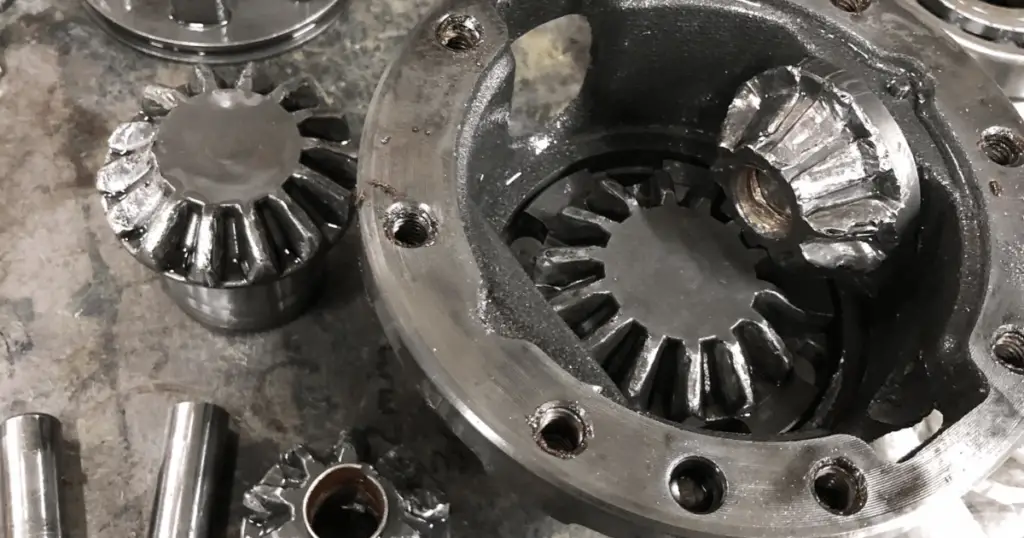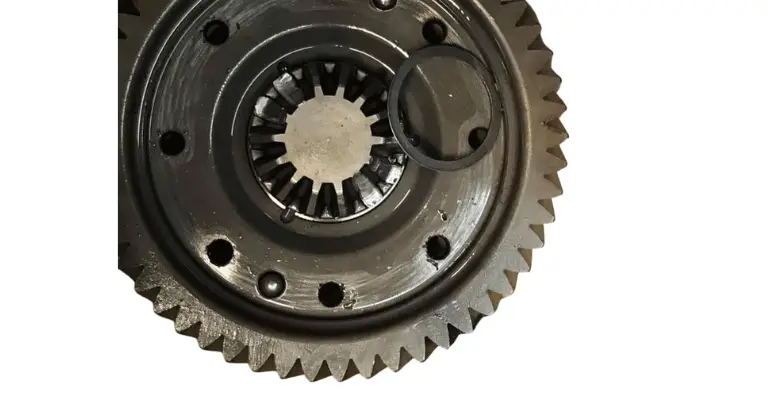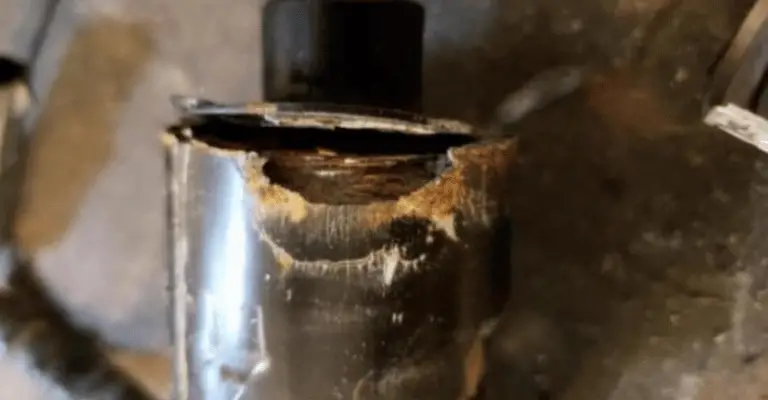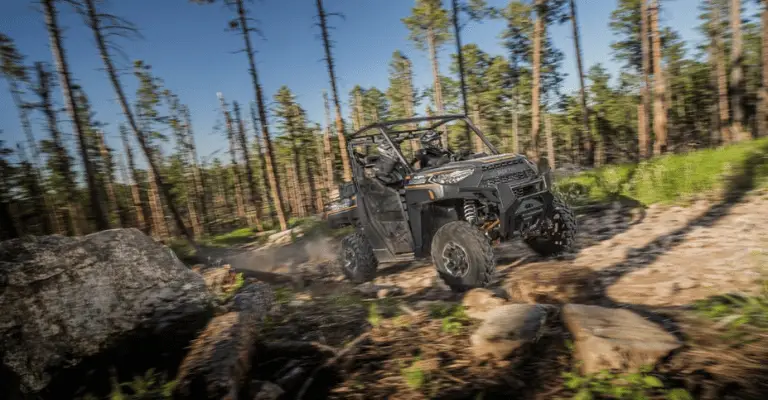Imagine you’re out on your Polaris Ranger, ready for a smooth ride across your lawn, when suddenly the turf mode just doesn’t cooperate. It’s frustrating when what’s supposed to protect your grass ends up acting up, right? In the world of off-road adventures, your Polaris Ranger’s turf mode is pivotal for ensuring your ride is gentle on delicate grounds. Yet, it’s no secret that even the best tech can hit a snag. This piece shines a light on the common Polaris Ranger turf mode problems that owners face, from unexpected disengagement to mechanical hiccups that can halt your smooth sailing across the greenery. Knowing what to watch for and the fixes you can apply might just save your day out in the field.
Overview of Polaris Ranger Turf Mode
Functionality of Turf Mode
When you’re out and about in your Polaris Ranger, Turf Mode is your best friend for preserving the integrity of the ground beneath you. What this nifty feature does is it unlocks the rear differential. That means only one of the rear wheels will power your Ranger at a time, drastically reducing the chances of tearing up the turf. It’s especially handy when you need to make tight turns or maneuver on grass without leaving those unsightly marks.
Importance of Turf Mode for Terrain Management
You might not think much about the impact of your vehicle on the lawn or delicate terrains, but it’s pretty significant. This is exactly why Turf Mode is such a big deal. It helps prevent damage to the ground, keeping it as pristine as possible after you’ve passed through. Whether you’re doing work on a golf course or cruising around your own property, your turf’s health is crucial, and managing it becomes a breeze with Turf Mode.
Typical Use Cases for Turf Mode Capability
Chances are, if you’re out landscaping, working on a golf course, or just maintaining your property, you’ll find Turf Mode incredibly useful. It shines in scenarios where the ground needs to be nurtured and preserved, from residential lawns to sports fields. Anywhere you want to minimize the impact of tire tracks and potential damage, Turf Mode comes to the rescue.
Common Issues with Polaris Ranger Turf Mode

Engagement and Disengagement Problems
Now, even though Turf Mode is awesome, you might run into hassles switching it on or off. Sometimes it won’t engage properly, or once it’s on, it just won’t disengage, leaving you stuck with one wheel drive when you might be needing the full power of all your wheels.
Turf Mode Slippage During Operation
You may also notice a bit of slippage while operating your Ranger in Turf Mode, which can be a tad unnerving. It’s like the mode isn’t fully engaged, and your Ranger struggles to get a proper grip, leading to a less effective operation.
Noise Issues When in Turf Mode
If “racket” wasn’t the soundtrack you were after while riding your Ranger, but you’re getting it in Turf Mode, it’s a red flag. Weird noises are signs that something’s not quite right under the hood. You might hear clicking, grinding, or clunking sounds, and none of those are part of a smooth ride.
Mechanical Failures Specific to Turf Mode
Damaged Drive Belt Symptoms
A telltale sign of mechanical failure with Turf Mode can be a damaged drive belt. You might notice a lack of power or a squealing noise that lets you know the belt has seen better days. Your Ranger might even start to overheat, adding to the list of worries.
Worn or Broken Internals in the Gearbox
The internals in your gearbox really take a hit when things go south with Turf Mode. If you’re feeling vibrations or hearing sounds that weren’t there before, you could be dealing with worn out or broken pieces inside that complex gearbox.

Problems with the Actuator or Sprague Carrier
And let’s talk about the actuator or Sprague carrier – these parts are critical for proper Turf Mode operation. When they’re not happy, you’ll know it because Turf Mode might not engage at all, or it might sporadically drop in and out of action.
Electrical Problems Affecting Turf Mode
Faulty Wiring and Electrical Connectors
Let’s not forget the electrical side of the issue. If you’ve got faulty wiring or electrical connectors that have seen better days, they could be messing with the functionality of Turf Mode, leading to unpredictable performance.
Related: Polaris EPS Problems Troubleshooting (Complete Overview)
Issues with Turf Mode Switch and Sensors
Your Turf Mode switch and sensors are the interpreters between what you want and what the system does. If there’s a breakdown in communication here – say, a defective switch or a faulty sensor – you’re going to have trouble getting Turf Mode to listen to you.
Impact of Battery and Charging System on Turf Mode Performance
And, of course, all this electrical talk wouldn’t be complete without mentioning the heart of the system: the battery and charging system. They need to be in top shape to ensure Turf Mode works. If they’re not, it could lead to weak performance or no performance at all.
Related: Polaris Ranger Voltage Regulator Problems Get Fixed, Easily
User Error and Misunderstandings
Incorrect Use of Turf Mode
It’s easy to chalk up issues to the machine, but sometimes the finger points back at you. Using Turf Mode incorrectly, like engaging it at high speeds or on surfaces it’s not designed for, can cause problems and even damage the system.

Misinterpretation of Turf Mode Capabilities
And then there’s the overestimation of what Turf Mode can do. It’s not a magical feature that allows for invincibility on all surfaces. Understanding its capabilities and limitations is key to avoiding disappointment and misuse.
Neglecting the Learning Curve for Proper Turf Mode Usage
Lastly, there might be a bit of a learning curve. Don’t expect to master Turf Mode right off the bat – give yourself time to get to know how it works and under what conditions it’s best used. Your Ranger will thank you.
With all of this in mind, I need you to consider two things:
– What are the Polaris Ranger years to avoid?
– How many miles will a Polaris ranger last?
Maintenance Tips to Prevent Turf Mode Problems
Regular Inspection and Servicing
To keep Turf Mode on point, treat your Ranger to regular inspections and servicing. This means checking on all the parts involved, making sure they’re in good shape and catching any potential issues before they become real headaches.
Proper Cleaning and Care for Turf Mode Components
After a good romp on your property, make sure to give the Turf Mode components some love. Cleaning them and keeping them debris-free can go a long way in preventing issues down the line.
Adhering to the Manufacturer’s Maintenance Schedule
And don’t skimp on following the manufacturer’s maintenance schedule. Adhering to this timeline is like giving your Ranger an ongoing health plan, ensuring that all of its parts, including Turf Mode, stay in tip-top shape.
Troubleshooting Turf Mode Issues
Diagnostic Steps for Identifying Turf Mode Problems
When faced with a Turf Mode problem, don’t panic. Start with the basics: check the switch, sensors, wiring, and battery. Listen for unusual sounds, and pay attention to how the Ranger is handling. These diagnostic steps can lead you to the root of the issue.
Tools and Equipment Required for Troubleshooting
Get yourself equipped with the right tools. A good set of wrenches, a diagnostic scanner, and a voltmeter can empower you to dive into the troubleshooting process. They’ll help you test electrical connections and identify any mechanical issues.
Interpreting Diagnostic Codes Related to Turf Mode
If you have access to a diagnostic scanner, it can provide codes that pinpoint exactly where the trouble is. Learning to interpret these codes takes a bit of know-how, but it can save you time and money by directing you to the exact problem.
Related: Full Guide To Identifying Polaris Ranger Check Engine Codes
Professional vs. DIY Repair Approaches
When to Seek Professional Help
You should be honest about your mechanical and electrical expertise. If the problem seems over your head, it’s time to call in the professionals. No shame in ensuring your Ranger gets the best possible care.
Common DIY Fixes for Turf Mode Problems
Some common DIY fixes might include replacing sensors, switches, or the drive belt. If you’re comfortable and confident, these can be approachable tasks that save you a trip to the mechanic.
Risks and Benefits of Self-Repair
Diving into a DIY repair comes with risks, like potentially misdiagnosing the issue or causing further damage. But the benefits include saving money and getting a better understanding of your Ranger’s inner workings.
Cost Considerations for Fixing Turf Mode
Estimated Costs of Common Repairs
Costs for Turf Mode repairs can vary. Something minor like a switch replacement might not hit your wallet too hard, but if you’re looking at internal gearbox repairs, your bank account might feel the pinch.
Cost-Benefit Analysis of Repair vs. Replacement
Do a little cost-benefit analysis. Sometimes the cost of fixing an old Ranger might outweigh the benefits, and it could be time to invest in a newer model with a hopefully more robust Turf Mode.
Tips on Saving Money While Addressing Turf Mode Issues
To save some green, you can shop around for parts and labor prices, or try to handle simple repairs yourself. Just make sure you don’t compromise on quality to save a few bucks.
The Future of Polaris Ranger Turf Mode Technology
Innovations and Improvements in Design
The industry is always moving forward, and you can bet that improvements in Turf Mode design are on the horizon. Expect to see more reliable systems that are easier to manage and diagnose.
Manufacturers’ Responses to Turf Mode Challenges
Manufacturers, particularly Polaris, are attentive to the challenges and user feedback. Keep an eye out for how they address these issues in newer models, aiming to enhance user experience and system reliability.
Predicting the Reliability of New Turf Mode Models
As new Ranger models come out with updated Turf Mode features, it’s reasonable to anticipate an increase in reliability. With new tech comes the hope that past issues will be addressed, making your ride smoother and your turf happier.
Read More Ranger:
- Polaris General vs Polaris Ranger: Which Side-by-Side Wins?
- Polaris Ranger vs Kawasaki Mule: A Side-by-Side Comparison
- Honda Pioneer 1000 vs Polaris Ranger 1000: Total Shootout
- Honda Pioneer 520 vs Polaris Ranger 500: A Real Shootout
- Honda Pioneer vs Polaris Ranger: Who Packs The Punch?
- Can-Am Defender vs Polaris Ranger: Who Rules Supreme?
- Polaris Ranger 800 Check Engine Light Codes: Tips and More
- CFMoto UForce 1000 vs Polaris Ranger: A Deep Comparison

Leave a Reply